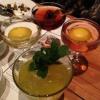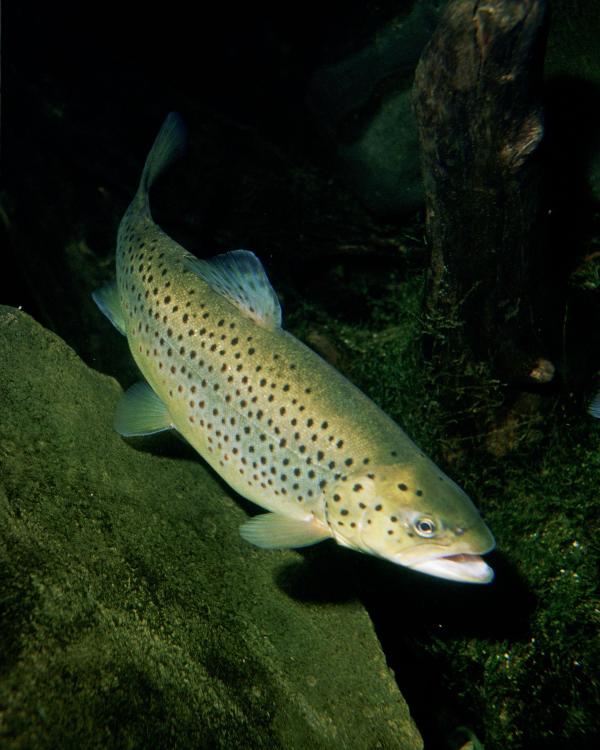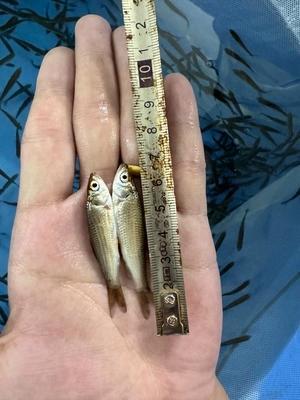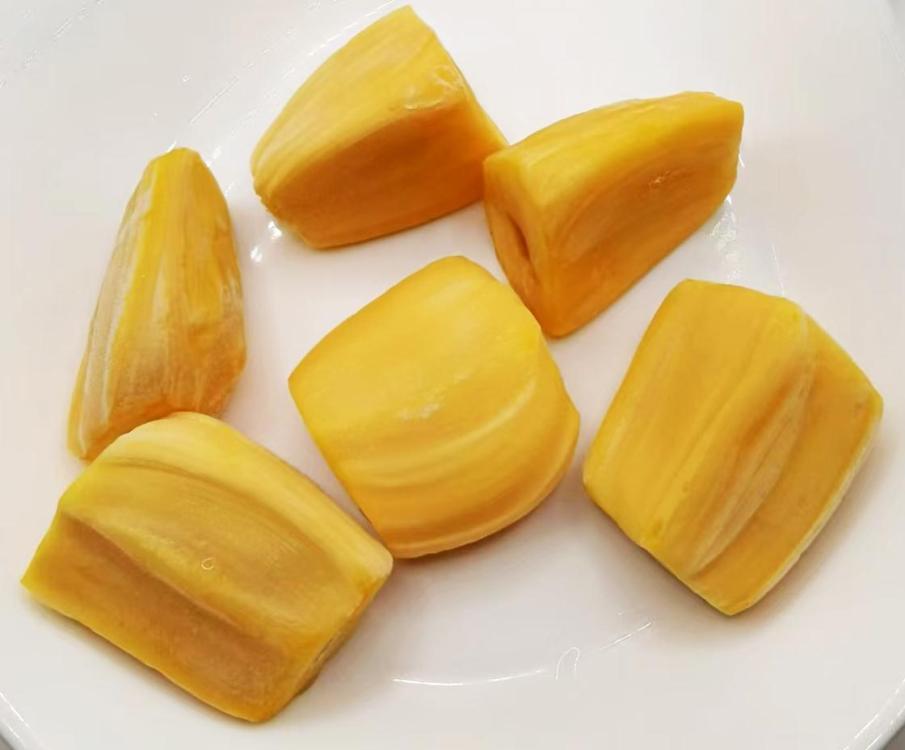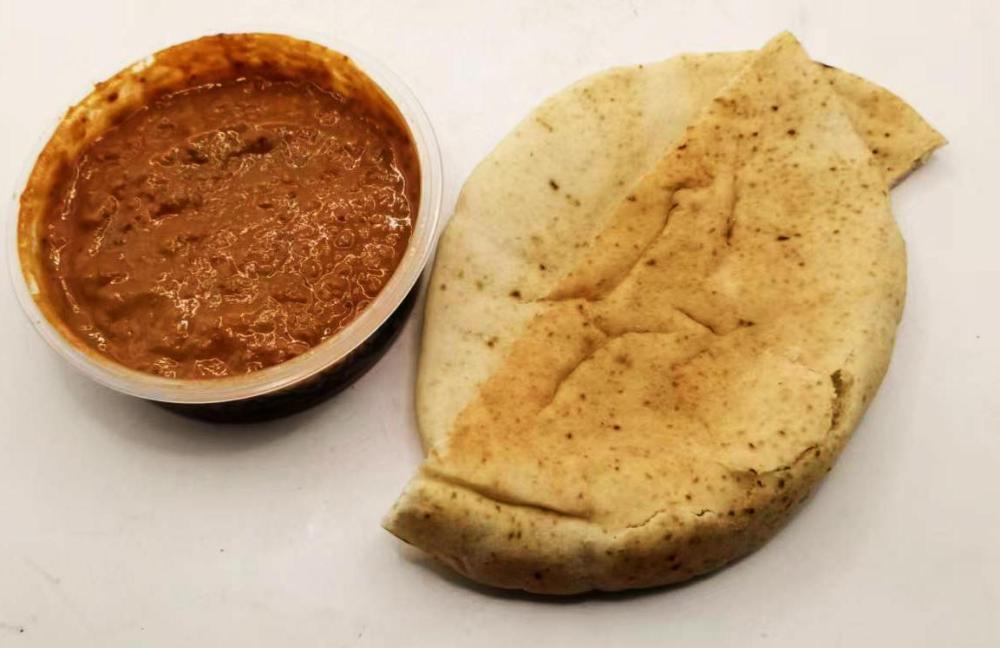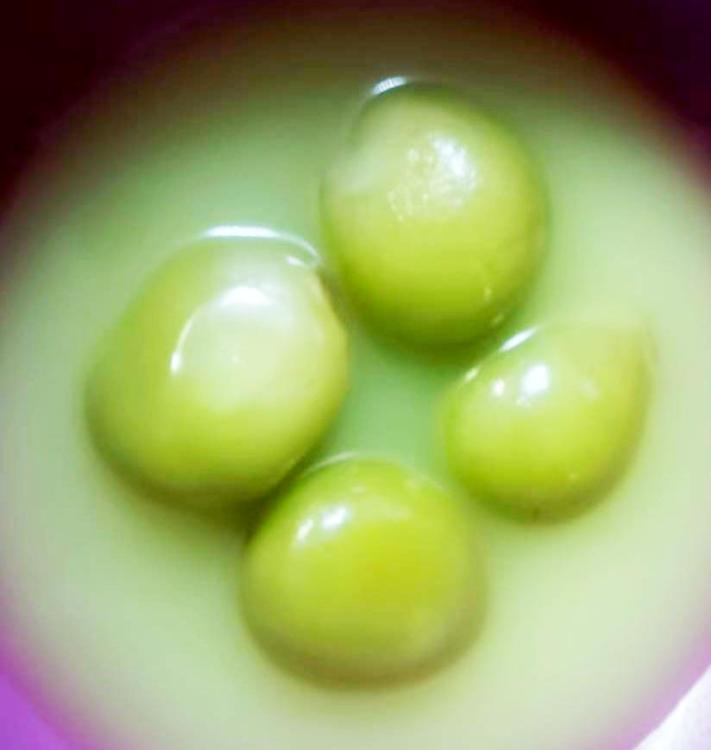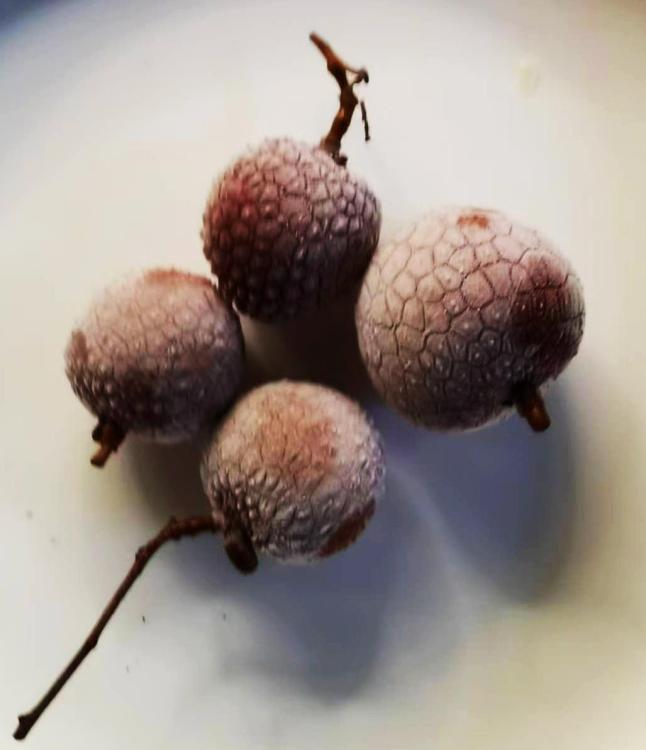-
Posts
16,323 -
Joined
-
Last visited
Profile Information
-
Location
Liuzhou, Guangxi, China
Recent Profile Visitors
81,256 profile views
-

Airline Food: The good, the bad and the ugly
liuzhou replied to a topic in Food Traditions & Culture
Haha. That's the Chinese influence. In Mandarin, daikon is 萝卜 (luó bo); whereas carrot is 红萝卜 (hóng luó bo). Malay too, follows the same pattern with daikon being lobak and carrot, lobak merah (red daikon!) Lobak is derived from Chinese. Daikon cake is also often translated as 'turnip cake'. Chinese often different, unrelated or merely distantly related species as one. Can get confusing. -
The Tragick Tale of Trout Brown Trout - PD I am fond of the occasional trout or two but alas cannot sensibly buy it here and the reason is unreasonable. A tale of stupidity and conspiracy theories. Trout, as I’m sure you know, is a non-specific term covering several species, but all true trout are in the same overall family as salmon and to an extent share the same migratory habits. What I particularly ate in Europe were rainbow trout or brown trout, the later being my favourite. Unfortunately, in Mandarin the term 鲑鱼 (guī yú), meaning the overall family is often applied to either specific species, causing great confusion. A more specific term for trout is 鳟鱼 (zūn yú), with Oncorhynchus mykiss , rainbow trout being 虹鳟 (hóng zūn), literally ‘red trout’. Salmo trutta, brown trout is 褐鳟 (hè zūn). Knowing these names is no guarantee your wait staff, chef or fishmonger will give you what you ask for. In 2016, the China Aquatic Products Processing and Marketing Alliance (CAPPMA), overseen by the Ministry of Agriculture and Rural Affairs decreed that rainbow trout could legally be sold as salmon, throwing China’s fish eaters into meltdown for all the wrong reasons. To make matters worse, the Alliance’s justification was a quote from Wikipedia (despite it being blocked in China)! The media then argued back, although some of their arguments were as tenuous as the government’s. Whatever, the public decided that trout were dangerous, being riddled with parasites that would slowly eat them alive from inside. Trout are susceptible to parasites but no more than salmon are. After all, their lifestyles are the same. For that reason, all salmon sold as sushi or sashimi has to be frozen for at least 12 hours to be legal. Trout disappeared, although the ruling remains in place. My local delivery app carries none but the national online shopping sites offer live trout for approximately ¥1 or 14 cents USD each. With a minimum order of 300! They are only about 7 cm / 2¾ inches long and being sold as bait fish. I suppose I could bung them in my bathtub and grow them! But I don’t have a bathtub. I do have some imported Danish trout roe, though. I refuse to call it caviar
-
The word Sriracha in relation to the sauce is pretty much meaningless. It was originally pickled garlic, not roasted and remains so in Si Racha and most Thai versions.
-
No. I ordered some hummus online and they incompetently accidentally sent this instead and I was too lazy to send it back. It actually wasn't very good. Watery and insipid. Little flavour, at all. I'm sure I could have made better. In fact, I have done.
-
-
The recipe requires that the berries be partially defrosted before even starting, then they have hot chocolate sauce poured over them before serving! They are not frozen!
-
Interesting, but they're not eaten frozen.
-
As would I have done. The best type.
-
-
-
I’m not talking about frozen fruit intended to be defrosted and used in pie fillings etc. Just freezing fruits and then eating them still frozen. I’ve been using frozen grapes as ice cubes for decades but just recently spotted something that grabbed my interest. Frozen Chinese bayberries. I’ve long liked bayberries but frozen was new. You just pop in in your mouth straight from the freezer. Since then I’ve been experimenting. Strawberries are great too, but the recent local glut of litchis / lychees led me down another avenue. First I had to decide whether to peel them first or not. I tried a couple unpeeled and never looked back. When they come from the freezer, they need sitting for a minute or two, but then peel easily – another new favourite. Freezing them seems to intensify the flavour. Ideal summertime snack. Frozen Litchi - Straight from the Freezer A couple of minutes later Do you ever eat frozen fruit? If so which? I’m waiting for the new mangosteen crop to arrive. I know they don't defrost well, but I wonder what they're like still frozen.
-
It's called skin. You keep potatoes in the fridge? Why?
-
er Google returned this. Hosta - Wikipedia also known as plantain lily, although technically that is just one specific cultivar of hosta.
-
It is certainly possible to make the noodles at home, but extremely few people do. It takes a lot of skill and it's considerably cheaper here to buy them pre-made. The actual dish is easy once you have the noodles.
-
Miserable day. I awoke this morning at 6:30 and crawled to the kitchen around 7:00 to find I had no water supply. Now 8:30pm and still none. A major city-wide failure. I've never known anything like it. So no cooking. I managed to find a tiny pocket of the city with a functioning watered restaurant and ordered this for delivery. I don't know what you call it but the restaurant and I call it a Sichuan flavour boneless chicken and salad wrap. They offer it sauced in four spiciness levels: un-spiced, mildly spiced, damn spicy and what I would call volcanic but for some reason, they call 'tequila'. I went for damn spicy. And damn fine it was, too, despite its looks.








